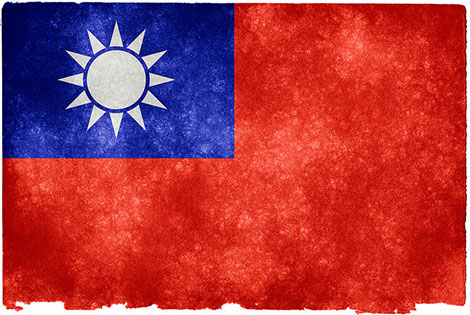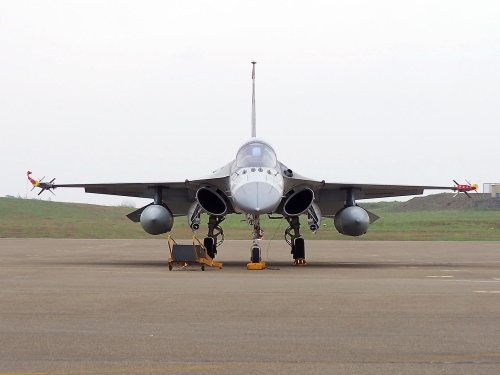
This article was originally published by Pacific Forum CSIS on 19 January 2017.
Roughly one year has passed since Tsai Ing-wen, presidential candidate of the Democratic Progressive Party (DPP), a party supporting Taiwan’s de jure independence from China, was elected president of the Republic of China (ROC or Taiwan). Throughout Taiwan’s 2015-16 election cycle, Tsai refused to endorse the “1992 Consensus,” an understanding whereby both sides agree that there is one China, but hold different interpretations as to what this means. The arrangement enabled Taipei and Beijing to move relations forward and reduce cross-strait tensions to an unprecedented level from 2008 to 2016. Rather than employ this approach, Tsai sidestepped the issue by claiming she supported the “status quo” and would handle relations with Beijing in accordance with “the will of the Taiwan people” and Taiwan’s constitution.
Following Tsai’s election, Beijing has slowly applied different measures to convince her administration to return to the “1992 Consensus.” In June, Beijing suspended all official contact with Taiwan. The Chinese government then cut the number of mainland tourists allowed to visit Taiwan, a move igniting protests by those dependent on the tourism industry. The island was also locked out of the 39th assembly of the International Civil Aviation Organization. And Beijing began to accede to requests by Taipei’s few remaining diplomatic allies to switch recognition to Beijing (São Tomé and Príncipe dropped Taiwan in December). Perhaps most worrisome, however, are recent threats by China’s state-run media outlets and the military exercises in the waters surrounding Taiwan. How should Taiwan respond to these developments?



